


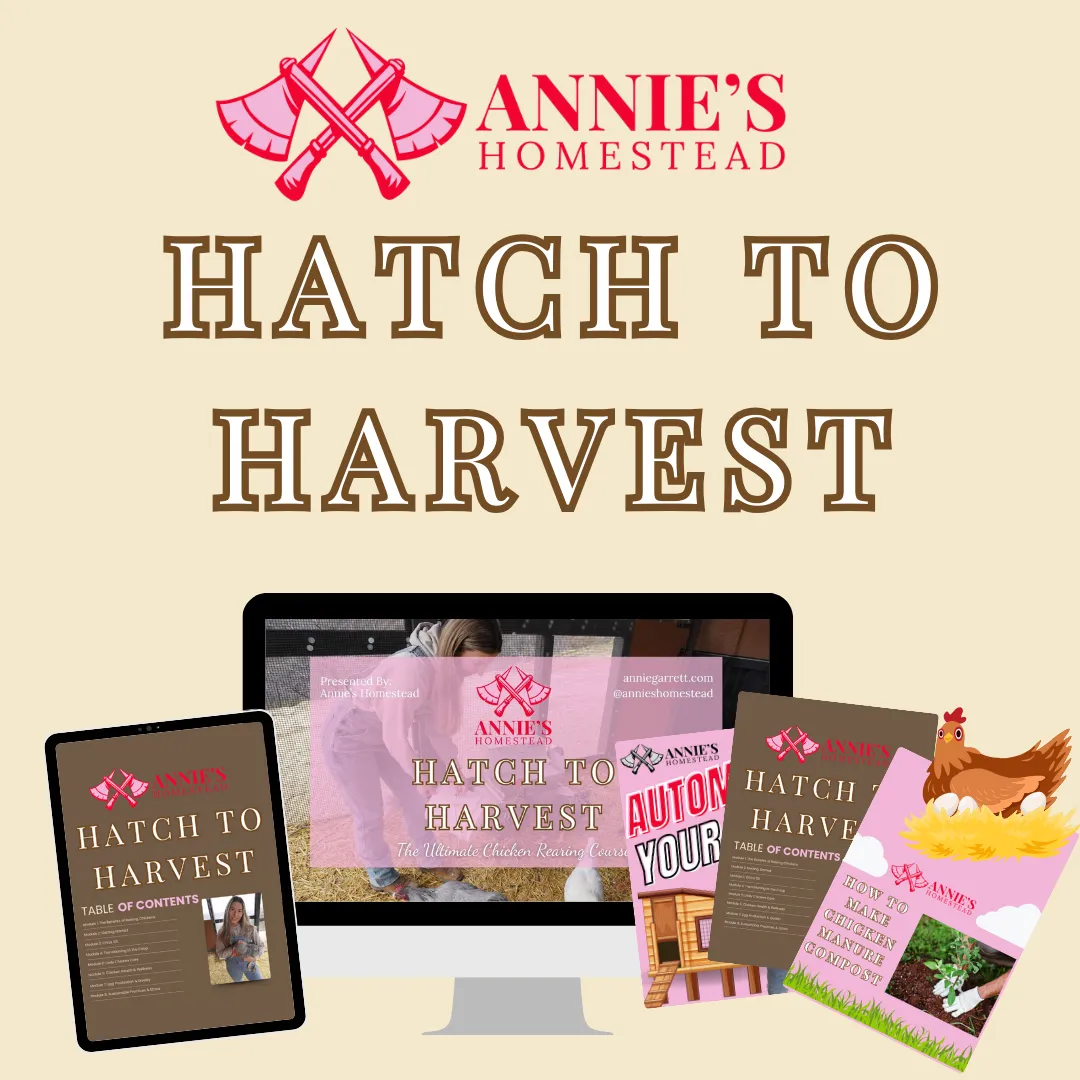
Welcome to Annie's Homestead
Take Your Homesteading to the next level!
Tired of grocery store mystery meat & wilting lettuce? Let’s grow real food, raise happy chickens, and earn money—no acres or fear required.
Does this sound familiar?
You’re over the mystery meat and wilted lettuce life.
You’re tired of not knowing what’s in your food—or where it came from. You're craving a real connection to your meals (and maybe a tomato that actually tastes like a tomato).You live in the city but your soul belongs in the dirt.
You’ve got dreams of chickens, raised beds, and canning jars—even if you're still stuck in a tiny apartment with a windowsill garden and a compost bin that scares your roommate.You’re ready to stop treating your homestead like a hobby.
You're putting in the work—growing food, raising animals, doing it all—and now you're wondering, “Wait... could this actually make money?”
If these frustrations resonate with you, you're not alone.
Let’s be real—lots of people want to live closer to the land...
But most of the info out there is either sugar-coated nonsense or so overwhelming it makes you want to throw your phone in the compost.
You're not alone—and you don't have to figure it all out yourself.
That's where Annie's Homestead comes in.

It's time to take control of your food, your lifestyle, and your future by embarking on a homesteading journey like no other.

Here, you'll find courses tailored to individuals just like you, providing you with a homestead roadmap

It's okay if you're living in a city right now! You can homestead exactly where you are.

Learning skills of fermentation, baking, bush craft, gardening and more, can help you become a homesteader even if you live in the heart of the city.
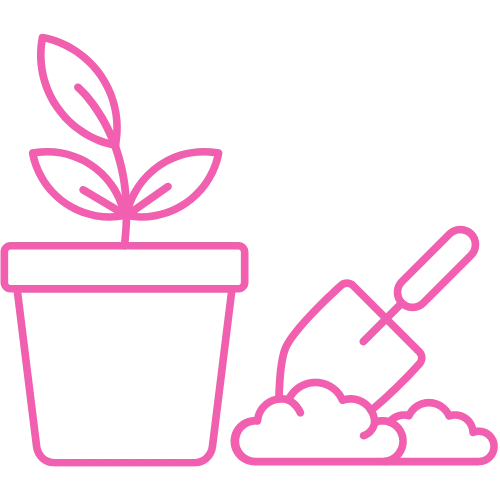
Turn your homestead into a cash cow by capitalizing on your talents so you can leave your 9-5.

Are you a home baker or gardener? Or neither? Our Homestead courses will help you discover your passion to turn into an income.
chicken coop automations
Want to streamline your chores?
From automatic door openers to refillable waterers, these innovations streamline maintenance tasks, ensuring your flock stays happy and healthy with minimal effort on your part.
Whether you're a seasoned keeper or just starting out, these time-saving solutions are a game-changer for any chicken enthusiast.
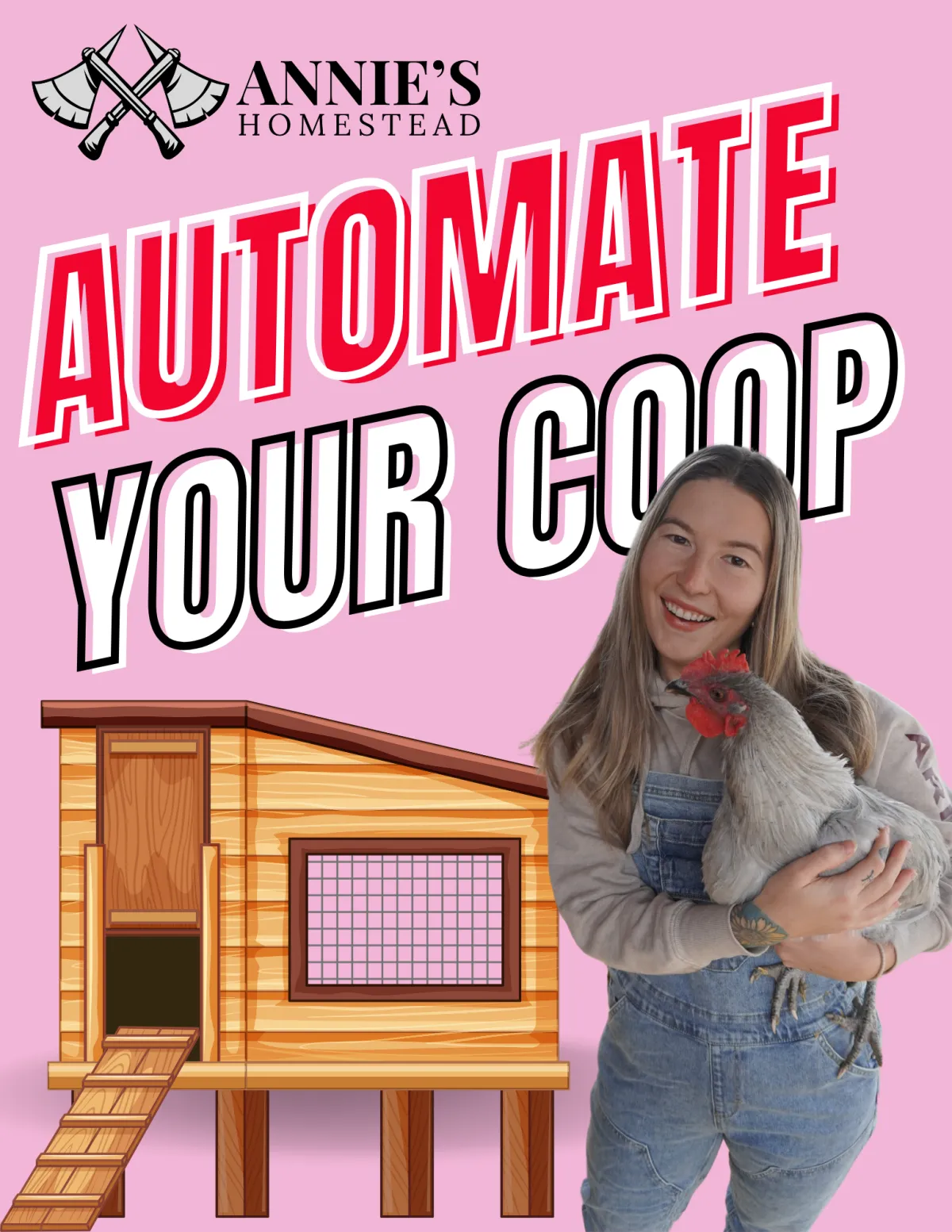
Hey There,
I'm Annie
I'm here to help you homestead with ease
You want to raise clean food. You want chickens that thrive, a garden that actually produces, and maybe even a little off-grid dream of your own.
But every time you Google something, it turns into a black hole of conflicting advice, overpriced courses, and blog posts that never really get to the point.
I get it. I was there too.
Now I live off-grid with a flock of mixed birds, an indoor grow room, and a greenhouse—because I’d rather avoid whatever’s falling from those ch3mtra!ls in the sky. I created Annie’s Homestead to make real-deal, straight-to-the-point content that helps you feel confident, not confused.
No gatekeeping. Just honest, tested resources to help you grow food, raise birds, and get out of the system—one chicken (or coop automation) at a time.
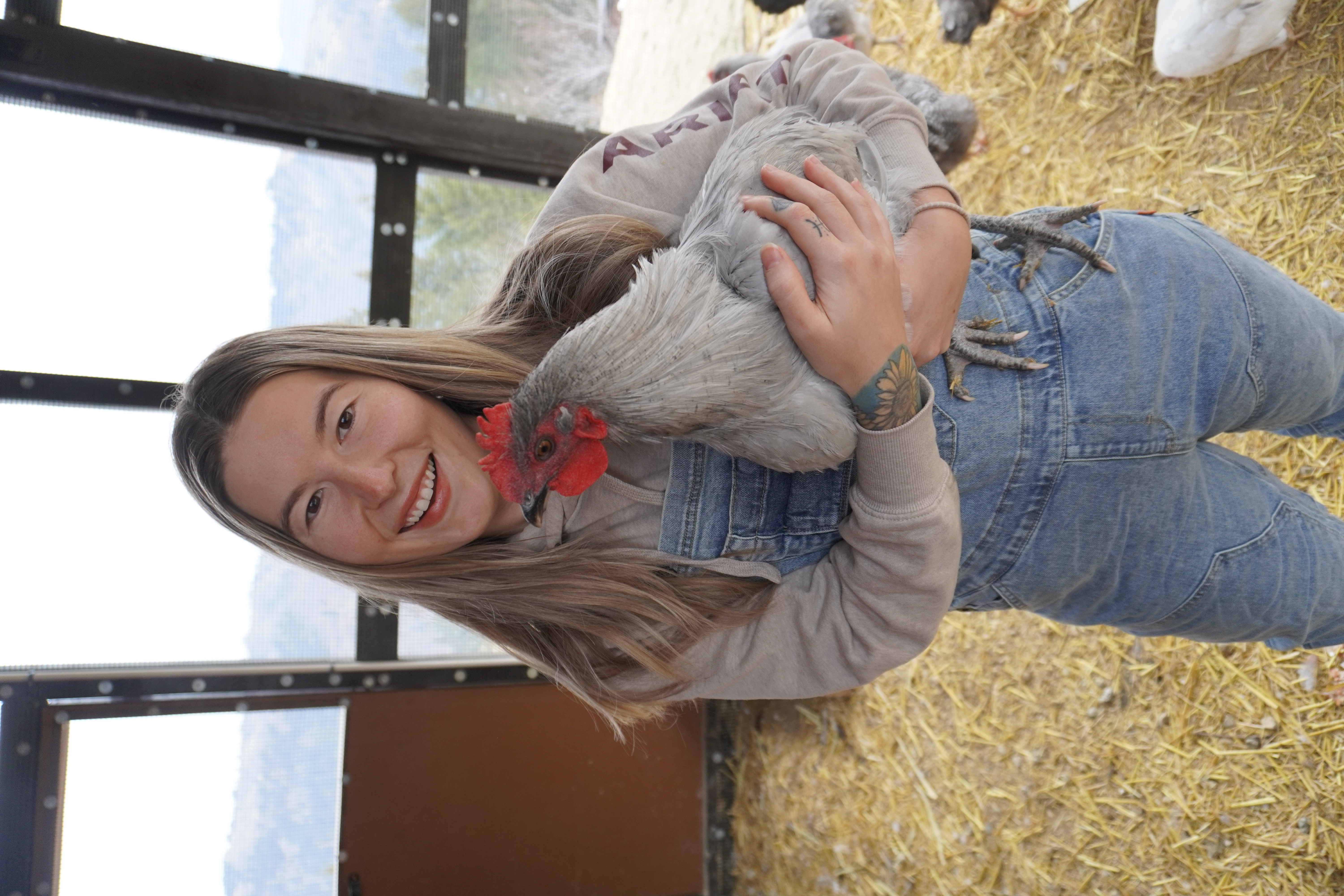
Top Resources

Streamline your chore list with our chicken coop automation list

Prepare For Emergencies with our Chicken First Aid Kit

Prepare For Your New Chicks with our Favorite Essentials
Stay Updated
And join the newsletter
Be one of the firsts to know anything new and stay up to date with all the happenings on the homestead!
(I won't spam you ever - PROMISE!)
Read The Blog

Why You Should Start Your Garden From Seed
Starting Your Garden from Seed | The Hidden Advantage
Embarking on the journey of cultivating a garden sparks the age-old debate: to start from seeds or to opt for the convenience of ready-made transplants from the local nursery?
While the starting a garden from see may seem a tad more labor-intensive initially, the benefits in terms of variety, cost-effectiveness, and the invaluable educational experience make seed starting a great choice for seasoned gardeners and newcomers alike.
It’s cheaper
One of the most compelling advantages of starting your garden from seeds is the cost savings. For the price of a single nursery transplant, you can purchase an entire packet of seeds.
The upfront cost of purchasing seeds allows you to diversify your garden without breaking the bank. With a modest investment in various seed packets, you can experiment with different plant varieties, tailoring your garden to suit your preferences, needs, and favorite flavors.
When buying seed packs, make sure to choose ones that are suitable for your local climate and growing conditions. This can increase your chances of success in growing healthy plants.
Beyond the immediate savings, growing plants from seeds can lead to long-term financial benefits. As you gain experience, you can save seeds from your own harvest, eliminating the need to repurchase seeds each season, making your investment even more economical!
2. You have more varieties to choose from
The variety offered by seed catalogs opens up a world of possibilities for gardeners seeking a diverse and unique horticultural experience. Beyond the convenience of local nurseries, these catalogs provide access to a incredibly diverse variety of plant options, from common vegetables to exotic heirlooms that hold historical and cultural significance. The richness lies not only in the sheer diversity but in the opportunity to customize one’s garden based on specific flavors, colors, and growth habits.
Seed catalogs serve as repositories of biodiversity, supporting the preservation of unique plant genetics and contributing to ecological resilience. The availability of specialty crops, often absent in local nurseries, allows gardeners to experiment with niche and uncommon plants, which can foster a sense of exploration and discovery with each growing season. The historical stories behind heirloom varieties further enrich the gardening experience, connecting individuals to the agricultural traditions of the past.
These catalogs facilitate adaptation to local conditions by offering seeds bred or selected for specific climates. As gardeners explore and cultivate a wide range of plants, they actively participate in the conservation of botanical diversity and contribute to the continued tapestry of plant life. The variety provided by seed catalogs transforms gardening into a dynamic and culturally significant journey, encouraging both seasoned and novice gardeners to explore the extraordinary world of plant possibilities.
One of my favorite local seed dealers is Snake River Seed Cooperative, located in Idaho. The Snake River Seed Cooperative is a group of family farmers located in the Intermountain West region. They collaborate to grow a wide variety of locally-adapted seeds suited for my growing region.
3. You have control over how your plants are cared for
Choosing to grow plants from seeds grants you a level of control over their entire life cycle, fostering a garden environment tailored to your preferences. When obtaining plants from commercial garden centers, the lack of individualized care for each plant can result in compromised health and increased vulnerability to pests or diseases. Bringing these compromised plants into your garden poses a risk of introducing unwanted issues that may negatively impact your entire gardening ecosystem.
Opting for seeds allows you to start your plants in a controlled and disease-free environment, minimizing the risk of introducing pests or infections. This approach empowers you to nurture your plants organically, free from the potential pesticide residue often found on commercially grown transplants. You can implement personalized soil management practices, ensuring that your plants receive the nutrients they need without exposure to synthetic fertilizers or harmful chemicals.
Incorporating organic practices, such as maintaining a worm tower and actively managing compost piles, enhances your ability to provide optimal nutrition to your plants. By controlling the inputs your plants receive, you actively contribute to the health and vitality of your garden. This hands-on approach not only yields a more sustainable and eco-friendly gardening experience but also allows you to savor the satisfaction of cultivating a thriving garden from the very beginning.
4. Extended Growing Season
Investing in your own seeds extends your growing season by enabling you to start your plants indoors well before the typical outdoor planting season. This practice, known as seed starting or indoor germination, allows you to get a head start on the growing season. By germinating seeds indoors, you can provide the optimal conditions for seedlings to develop and establish themselves before being transplanted outdoors.
Starting seeds indoors provides flexibility in timing, enabling you to begin the growing process weeks or even months ahead of the last frost date. This advantage is particularly beneficial for regions with shorter growing seasons, as it extends the time your plants have to mature and produce a harvest. It also enhances your ability to cultivate plants that may require a longer growing period or specific environmental conditions.
This proactive approach empowers you to make the most of your growing season and explore a diverse range of plant species that align with your gardening goals.
5. Seed Saving
Selecting heirloom or open-pollinated varieties when buying seeds opens the door to the practice of seed saving—an eco-friendly and self-sufficient approach to gardening. Heirloom and open-pollinated plants produce seeds that remain true to the parent plant, allowing you to collect and store seeds from your harvest for subsequent growing seasons.
Seed saving is a sustainable practice that contributes to the preservation of plant biodiversity. By cultivating plants from heirloom or open-pollinated seeds and saving seeds from each generation, you create a cycle of self-sufficiency within your garden. This not only reduces your reliance on external seed sources but also fosters a deeper connection to the plants you cultivate.
The ability to save seeds offers a level of independence and resilience in your gardening efforts. You ensure a continuous supply of seeds adapted to your specific growing conditions. Over time, this practice can lead to the development of plant varieties uniquely suited to your garden environment.
Incorporating seed saving into your gardening routine aligns with principles of sustainability and promotes a sense of stewardship over the genetic diversity of the plants you grow. It’s an empowering way to engage with your garden, fostering a more resilient and self-sustaining ecosystem right in your backyard.
6. Adaptability
When you buy seeds and grow plants in your specific location, you are supporting the adaptation and acclimatization of these plants to the local conditions. This process promotes adaptability, as the seeds carry genetic information influenced by the unique environmental factors of your region.
Plants that have been cultivated in a particular location for generations can develop characteristics that make them well-suited to the specific challenges and opportunities presented by that environment. These adaptations can include resistance to local pests and diseases, tolerance to specific climate conditions, and optimized growth patterns.
By opting for seeds adapted to your local area, you are contributing to the development of plant varieties that thrive in the conditions of your garden. Over time, these plants can exhibit enhanced resilience, vigor, and productivity compared to non-local varieties. This adaptability is a result of the ongoing interaction between the plants and the local environment.
Buying and growing seeds that have a history in your region fosters a dynamic relationship between plants and the ecosystem. This adaptability not only benefits the plants themselves but also contributes to the overall success of your garden. It’s a harmonious approach that aligns cultivation with the specific characteristics of your local environment, leading to more robust and resilient plant life.
7. Sustainability
Growing plants from seeds significantly decreases the environmental footprint associated with the production, transportation, and disposal of nursery-grown transplants. By bypassing the need for mature plants to be transported from nurseries to your location, you contribute to a reduction in carbon emissions associated with long-distance transportation.
Opting for seeds aligns with the sustainable practices we follow on our homestead by promoting cost-effectiveness and reducing our reliance on external sources for our garden success. The cost-effectiveness is not only economically advantageous but also is another branch of self-sufficiency. When you grow plants from seeds, you have the opportunity to save and store seeds from each harvest, creating a sustainable cycle of seed production. This self-sufficiency allows you to gradually build your own seed bank, reducing dependence on external suppliers and contributing to the long-term sustainability of your garden.
Starting your garden from seeds is a practice that acknowledges the interconnectedness of environmental impact, cost-effectiveness, and self-sufficiency. It’s a conscious step towards creating a garden that is not only environmentally responsible but also economically viable and resilient in the long run.
8. Educational Experience
You’ll learn a lot in your first year of gardening – especially if you’re growing your garden from seed. The process begins with the magic of germination, as tiny seeds burst forth from their dormant state to become vibrant sprouts. This stage sparks curiosity and establishes a profound connection to the miraculous beginnings of plant life.
As the plants progress through their life cycle, you’ll witness the dynamic stages of growth and development. From the delicate emergence of seedlings to the robust maturity of plants, each phase offers a unique opportunity for hands-on learning. The tangible exploration of leaf structures, stem growth, and, in the case of edible plants, the emergence of flowers or fruit make gardening a great homeschooling activity.
Starting plants from seeds also provides a gateway to understanding the environmental factors that influence plant growth. Sunlight, water, soil composition, and temperature become more than abstract ideas—they become tangible elements in the journey of nurturing life in your garden. This process fosters understanding of the interconnectedness of living organisms with their surroundings.
The educational benefits extend to instilling a sense of responsibility and patience. Caring for plants from their earliest stages encourages consistent attention to watering, providing adequate light, and protecting against pests. These responsibilities contribute to the development of valuable life skills, teaching us the importance of commitment and nurturing.
Perhaps most importantly, and my favorite, the journey from seed to harvest establishes a connection between individuals and their food sources. For those growing edible plants, the experience reinforces the origin of food and promotes a profound appreciation for the natural world’s role in sustaining life.
Starting plants from seeds goes beyond horticulture—it’s an immersive educational adventure that imparts knowledge, cultivates appreciation, and nurtures a lifelong love for the wonders of nature.
9. Customization
Nursery-grown transplants offer limited choices based on what’s commercially available but by selecting seeds, you’re empowered to curate a garden that aligns with your favorite flavors and food goals.
Variety is a key aspect of customization. Seed catalogs unveil a vast array of plant options, encompassing not only the essentials but also unique and heirloom varieties. This expansive selection extends beyond what local nurseries might offer, allowing you to explore diverse flavors, colors, and growth habits. Whether you’re seeking a specific taste profile for your vegetables, vibrant colors for your flowers, or unique heirloom varieties to preserve biodiversity, the world of seeds provides a canvas for your personalized garden vision.
Customization extends to tailoring your garden to the nuances of your local climate and growing conditions. Seed packets often provide information on the ideal conditions for each plant, enabling you to make informed choices based on your specific geographical location. This personalized approach increases the likelihood of success, as you’re selecting plants that are well-suited to thrive in your unique environment, and growing what you actually will eat.
Your garden should reflect your culinary preferences, with specific herb and vegetable varieties chosen for their taste profiles. If you prioritize aesthetics, the colors, shapes, and sizes of flowers can be selected to create visually stunning arrangements. Customizing your garden based on your preferences fosters a deeper connection to the space, transforming it into a personalized haven that resonates with your individual tastes and gardening aspirations.
10. Historical and Cultural Significance
Delving into the realm of heirloom varieties when growing from seeds opens the door to a journey through historical and cultural landscapes. Many heirloom seeds available in catalogs come bundled with stories of significance, weaving tales that connect you to the agricultural traditions of the past. Planting and nurturing these seeds isn’t just about cultivating plants; it’s about fostering a living link to the rich tapestry of human history and cultural heritage.
The historical significance embedded in heirloom varieties adds a layer of depth and meaning to your gardening experience. Planting these seeds is a tangible act of participating in a cultural continuum, embodying the spirit of those who cultivated and cherished these plants in times past. It’s an opportunity to walk in the footsteps of generations before, embracing the legacy of plants that have sustained communities and enriched culinary and medicinal traditions.
Incorporating heirloom varieties into your garden not only brings diversity to your produce but also honors the resilience and adaptability of plants that have endured the test of time. As you nurture these seeds to maturity, you become a steward of history, fostering a connection between the past and the present in the very soil of your garden.
So, when you’re deciding between starting your own seeds or purchasing transplants, there are definite advantages to starting your own plants from seed. Taking the time to nurture and grow your own seedlings can result in stronger and healthier plants, and also provide a rewarding sense of accomplishment.
Choosing to embark on the seed-starting journey is more than a horticultural decision; it’s a profound commitment to the vitality of your garden and the legacy of your land. The act of nurturing seeds into thriving plants becomes a hands-on expression of stewardship, where every sprout and leaf bears the imprint of your dedication. The process grants you control over the narrative of growth, fostering not only healthy plants but also a profound sense of accomplishment.
As your garden flourishes from the seeds you carefully cultivate, you partake in a transformative experience that extends beyond the tangible fruits of your labor. This journey is an investment in resilience, both for your plants and the ecosystem they inhabit. In nurturing seeds that adapt to local conditions, you contribute to the harmonious tapestry of your surroundings.
So, as you witness the flourishing results of your seed-starting endeavor, remember that it’s not just a garden that grows but a legacy that roots itself deeply in the soil of tradition, sustainability, and a profound connection to the earth. Happy gardening!
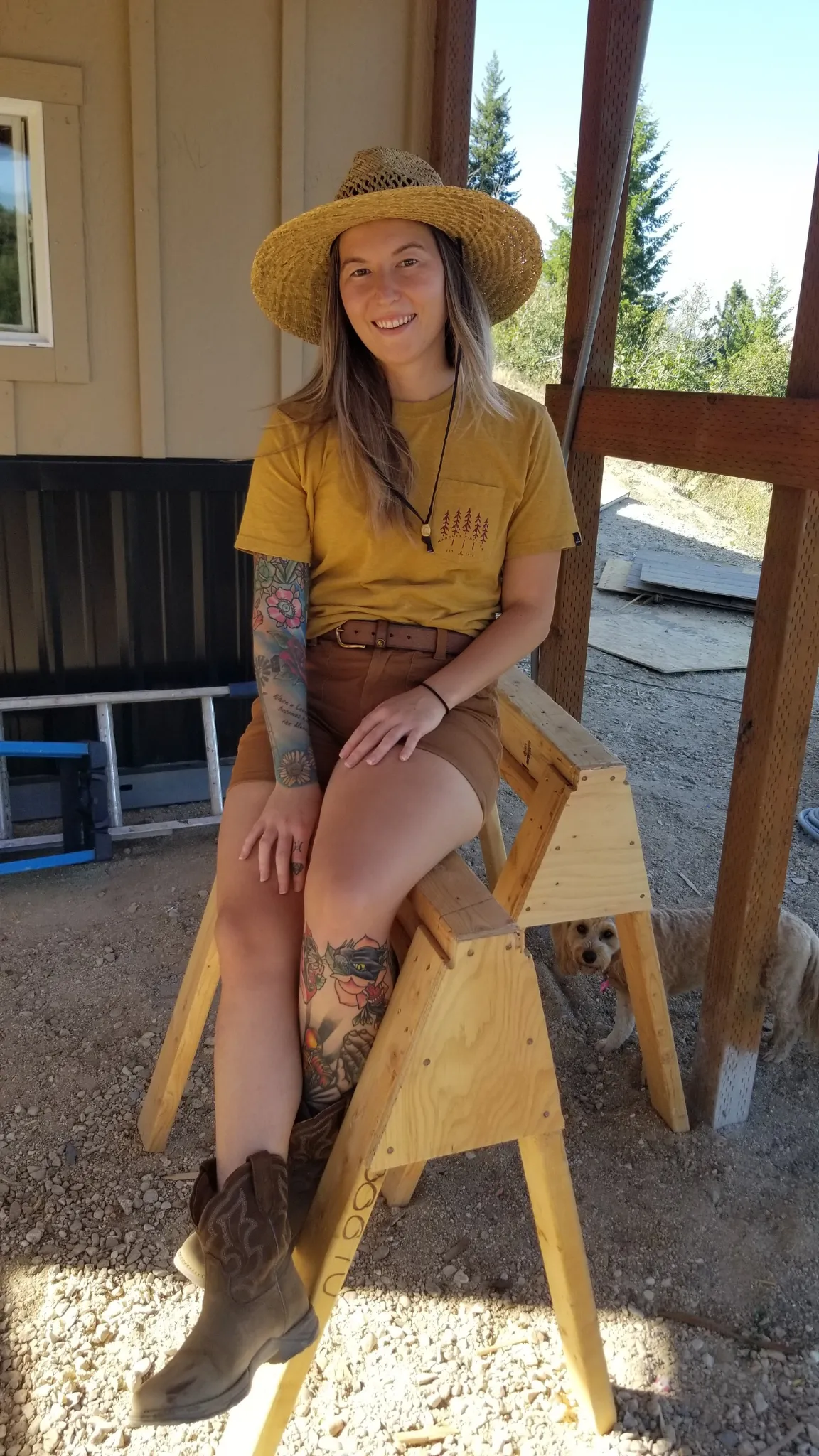
It's time to take the first step towards your homesteading journey.
Don't let uncertainty hold you back any longer.
Our homesteading courses offer a comprehensive roadmap to self-sufficiency, guiding you step-by-step through the process of creating your own thriving homestead, no matter where you live.
Enroll in our course today and take the first step towards a brighter, more empowered future!
Annie's Homestead is not affiliated by Facebook™ in any way. Facebook™ is a registered trademark of Facebook™ Inc
Branding and Website by RoyalT Studio

